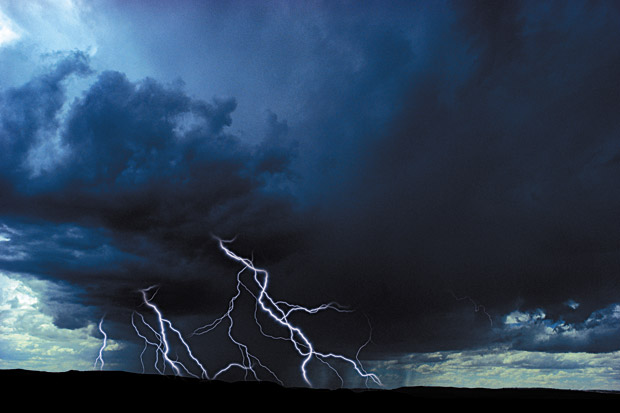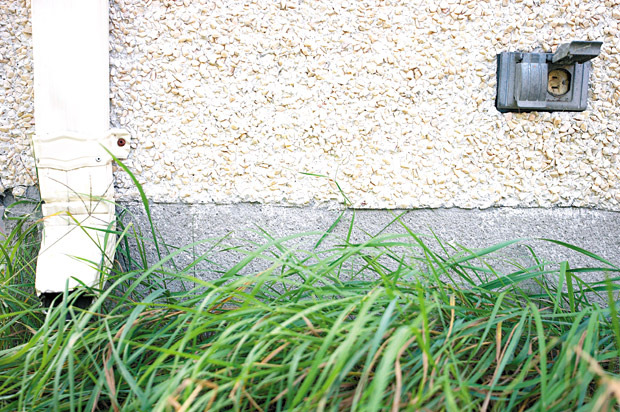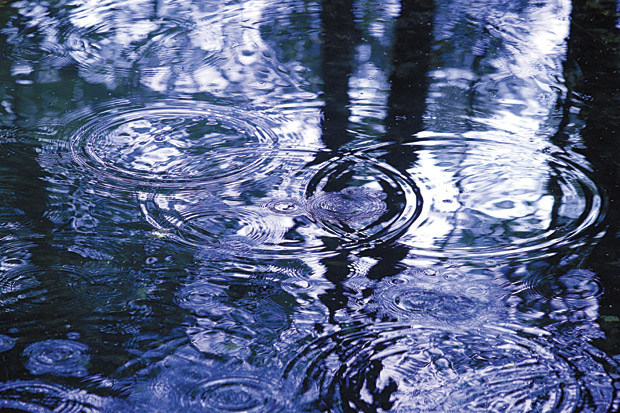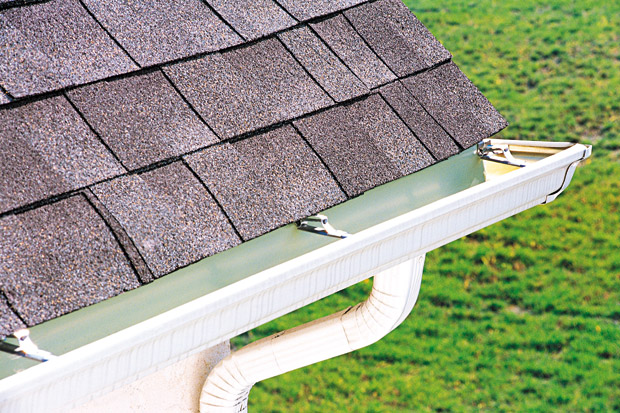“We dodged a bullet,” said Oahu Mayor Kirk Caldwell at a press conference shortly after Hurricane Lane was downgraded to a tropical storm in August. While most Hawaii residents did not see the brutal impact forecasters expected, Hurricane Lane also did not leave without a trace. Dumping the most rain Hawaii has seen since 1950, according to the National Weather Service, Hurricane Lane poured more than 50 inches of rain on the state — and it wasn’t even during the rainy season.
Rainy season starts now (in November) and lasts through March. Not only is this the coolest time of year, but it is also the wettest. If you haven’t done so already, now is the time to prepare your yard for the increased precipitation.
Check the drainage
Think back to the last time it dumped rain in your neighborhood. Were there any spots in your yard that puddled? Wet spots will kill your grass, make your yard muddy and can do more serious damage if they are close to the house. Look at the source of the problem and try to fix those areas first. Sometimes the solution can be as simple as extending a downspout. If it’s something else, consult a contractor or landscaper to help you identify problem areas and strategize a solution.
Clean the gutters
If you have checked and remedied your drainage, then the assumption is that your gutter system is pointed in the right direction to preserve your landscaping. Keep it clear of fallen leaves and other debris so that incoming rain can flow the right way.
Use gravel
A paved driveway gives rain a slippery slope to slide down. Gravel, on the other hand, can slow it down. You can also use gravel in the yard. Add it over dirt or soil to slow down rain absorption.
Mulch
Not only will mulch help to retain moisture for your plants, but it can also help to keep the soil in place. Keep in mind that lighter mulch may float away in heavy rain. If you can, opt for heavier varieties or mulch that can tangle and hold itself down, such as shredded bark or pine.
Add rain barrels
Not only can these add some color and style to your yard, but they can also help to prevent flooding. Place them at the bottom of your gutter system to collect runoff from your roof. As a bonus, use the water inside to water your plants later.
Have a comment or question for Joanne? Email thefixisinhawaii@gmail.com.



